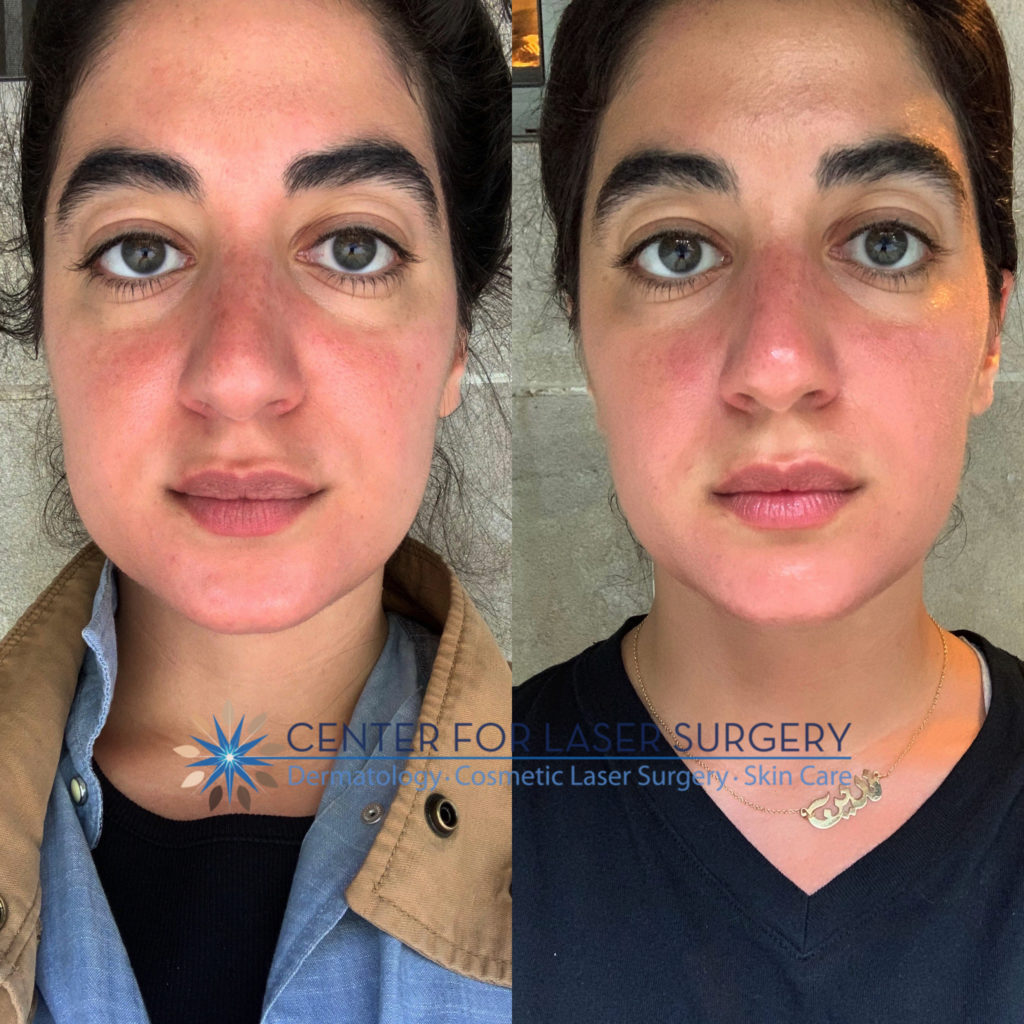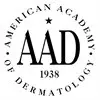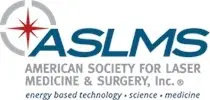Botox for TMJ and Facial Contouring in Washington, DC
Botox for TMJ and Facial Contouring Before and After Gallery *

What is Masseter Hypertrophy and Temporomandibular Joint Dysfunction?
Temporomandibular Joint Dysfunction, also known at TMJ Syndrome, is a result of hypertrophy (strengthening) of one or both of the masseter muscles located in the lateral cheeks. Hypertrophy of the masseter muscle is typically due to either idiopathic (ie. who knows why) or through excessive use of the muscle due to habitual activities such as tooth grinding (bruxism) or gum chewing.
What are the symptoms of masseter hypertrophy?
Masseter hypertrophy can lead to several conditions, both functional and cosmetic in nature, including:
- Temporomandibular Joint Dysfunction (TMJ Syndrome): Masseter hypertrophy can lead to excessive jaw clenching force, leading to persistent inflammation of the temporomandibular joint (the ‘hinge’ for the lower jaw) located in the lateral face just forward of the ear. This can lead to both pain of the joint when moving the jaw, as well as difficulty with locking jaw, jaw clicking, and difficulty chewing. In extreme cases masseter hypertrophy has led to permanent joint damage and even jaw fractures.
- Bruxism / Tooth Grinding: Tooth Grinding, whether conscious or subconscious, can be caused by masseter hypertrophy as well as be the cause of masseter hypertrophy. Excessive grinding of the teeth causes strengthening of the masseter muscle, which in turn makes tooth grinding more damaging to teeth and gums. While a mouthguard worn at night can protect the teeth and gums from damage, it does not stop the actual grinding exercise from occurring which can propagate further hypertrophy of muscles leading to the above mentioned temporomandibular joint dysfunction.
- Widened Lower Face: The masseter muscle is a wide muscle which originates at the lower portion of the lateral jaw and connects to the lateral cheekbone through a ligamentous upper portion. The bulk of the muscular portion in located along the lateral jawbone. When masseter hypertrophy (enlarging) occurs, it can lead to a perceived widening of the lower jaw and lower face, leading to a more ‘square’ facial appearance.
How is Botox used to treat Masseter Hypertrophy, TMJ, Bruxism, and for Facial Contouring?
As a neuromodulator Botox is able to selectively and temporarily reduce muscle activity when injected into muscles. In cases of masseter hypertrophy, or TMJ without masseter hypertrophy, skilled injectors are able to isolate the masseter muscle and inject appropriate amounts of Botox into the muscle. After 3-5 days muscle activity starts to decrease, leading to several effects. With reduced muscle activity less pressure is exerted on the Temporomandibular Joint, typically leading to rapid improvement in both the discomfort and functional symptoms associated with TMJ Syndrome. Secondly, with reduced muscle activity the masseter muscle decreases in size over time. With repeat treatment, typically several treatments every 3-4 months, this can lead to almost complete resolution of both TMJ symptoms as well as damage to teeth from tooth grinding. With repeated treatments the actual size of the masseter muscle will progressively decrease, leading to a noticeable facial slimming effect as the enlarged masseter muscle reverts to a normal, thinner, more sheet like profile.
What are the risks associated with Botox Injection for Masseter Hypertrophy, TMJ, and Facial Contouring?
As with any use of neuromodulators such as Botox, it is important to choose an injection professional with extensive knowledge of facial anatomy, utilizing proper injection techniques, with appropriate doses. Improper masseter muscle injections can lead to salivary gland dysfunction (injection into parotid gland), or inadvertent facial nerve paralysis (injection into facial nerve). Excessive dosing can result in difficulty chewing. While these potential adverse effects are temporary, they happen rarely, if ever, when treatment is performed by or in practices directed by Fellowship Trained Cosmetic Dermatologists.





